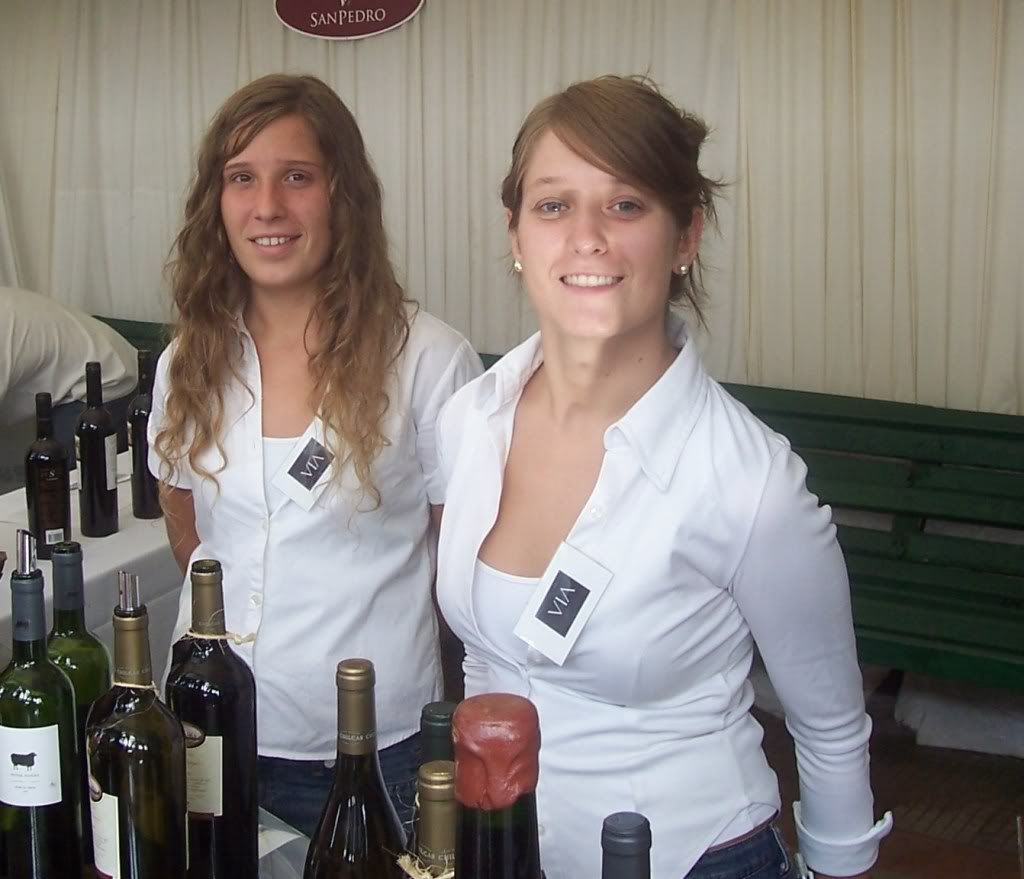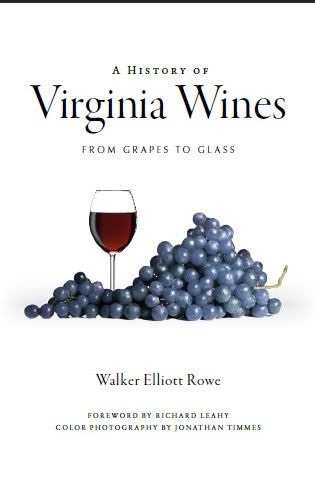Gordon Wiebe and his brother-in-law Richard Sawatzky farm olives, nectarines, plums and peaches in the San Joaquin Valley 30 miles west of the Sequoia National Forest. These orchards were first here in 1956 by Gordon´s father. The land is so flat that special laser guided machines are used to grade the slope to 1 degree so that irrigation can flow to all corners of the individual farms that Gordon calls “ranches”. The ranches here are delimited by dusty rural roads that have the oddly urban sound name of “avenue” even though nothing looking like a city is anywhere nearby. Seemingly more latinos than gringos live here and even the local English language newspaper has classified ads in Spanish that read “se vende pollos” (Chickens for sale).
The great majority of America´s fruit and vegetables come from this region of California and even Gordon marvels at this size. Just the weekend before he flew his airplane for three hours across the valley, over the mountains, and out to the ocean saying he did not overfly even one city. Fruit farms growing pomegranates, peaches, almonds, every conceivable fruit are interlaced with dairy operators and mile after mile of high alfalfa forage and of course corn.
Gordon is a Mennonite farmer who says he started planting olives in his fruit orchards a few years ago when most of the migrant workers here turned to construction and labor became scarce. Olives can be harvested by machine so it requires less workers than peaches, plums, and nectarines which are harvested by hand. But when the construction business collapsed the migrant workers hung up their hammers and saws and returned to his 600 acre ranch. He says, “Today there are 200 people working today on 600 acre of peaches and if all of that was olives you could do it with 20 people.”
The olives grown here are not destined for fruit although that is what The University of California is trying to promote with their local extension office. These olives will be pressed into oil and sold under Bari Olive Oil Company’s own label “BARI® ”. Inside the processing facility is a tasting room and gift shop with oils from different types of olive trees. This fall a brand new olive oil mill will be installed to process their olives. The extra virgin olive oils are quite good with different hues of color and tastes that vary from mild buttery to intense fruity and pungent flavors. These are from oil that Bari Olive Oil Company purchased from other growers. Their own fruit must wait until this year because their three year old trees have just come into production.
Here in the Central Valley orchards are ripped out and replaced from one year to the next as market conditions change. It takes three years at a minimum to produce fruit from trees which is the same for grape vines. Of course corn and alfalfa can be rotated in and out of a field in the same season. But here you see piles of bulldozed orchards stacked up like ghosts along the landscape as one grower's decision to plant, say, pomegranates is replaced by another, say, who decided to grow olives. These former orchards without the irrigation which keeps them alive quickly revert back to desert so flat, hard, and dusty that you can drive off the road there without so much as jostling you car.
Olive trees that line the streets of certain cities like Phoenix are too big to be harvested by machine but here at Bari Olive Oil Company Gordon and Richard have planted hybrids that are bred to grow short like bushes. Plus they are pruned. That way a harvesting machine can straddle the plant and shake it vigorously tossing the fruit into a hopper. This way one or two men can do the work that otherwise would require many times that. Gordon points out that olives used to be more widely planted in California in areas like the hills around San Diego and the olive district of Fresno. Now all of that turned into cities. He is trying to lure local producers to the area predicting that the politically-correct and healthy olive oil consumption may drive the California production and market ahead of the Italians in a dozen years or so.
The temperature here in this bone dry region is 105 during the day and there is no rain during the growing season. This is good for the raisin farmers who drop their Thompson seedless vinifera grapes straight onto the ground where they dry in place outdoors.
Irrigation is what makes farming possible in this bone dry desert. Every citizen who lives in this water district is taxed to pay for the system of canals and ditches and the men who monitor the water usage by the farms and keep the system working. But the supply has been cut as the reservoir is running low owing to the continuing California drought and increased demand from the cities. Gordon says the ditches will provide him water only 60 days this year. “We have to rotate with the neighbors. There's a guy that watches it and regulates it. There are no meters they can measure flows. Its more how much is allotted from the dam for irrigation in this area. The other system [we have] is ground water. We are irrigating first irrigation in April and [the last] in September. We have to irrigate every 10 to 14 days. We get the water allotment through the canal system but we need water for 6 or 7 months. If we don't irrigate in 2 weeks we are dead. The San Joaquin valley is really a desert. We get 12 or 14 inches of rain per year. We just need a few more dams to store it.” But he adds that the city people would be against that.
A few miles down the road from the olive processing facility 50 to 60 Mexican workers are working in the Wiebe Farm's packing house processing peaches for delivery to a cold storage facility where they will be drawn from inventory and shipped to Costco and Walmart and others. As part of a local group of farmers marketing their fruit together , Wiebe Farms’ fruit is sold under the Summeripe® label. A camera inspects fruit as it zips along the processing line separating the peaches by quality. Different colored paper stickers are applied denoting the market for which it is intended. Some fruit is shipped to the stores right away while other will be kept in high humidity and warm temperatures to soften them up a bit. Fruit that has begun to splits open is discarded and allowed to drop through the processing line where it will be returned to the field as compost, sold to make juice if a buyer can be found in that crowded market, fed to dairy cattle, spread along the avenues here to keep dust down on the farm, or given to Gleanings For The Hungry, where the fruit is dried and sent to hungry people throughout the world.
Gordon says the average person has no idea where their food comes from. He says driving around here the tourist or city dweller cannot see much. “A lot of activity goes on in the fields and most people don't see and recognize it. They think these are all quiet farms.” Farming is hardly profitable. He says, ““Farming has not been lucrative over the past 15 or 20 years." For growers he says they get $10 to$11 per box but need $13 to make a profit. Gordon says were it not for his packing shed--which allows him to cut out one layer in the business model--he would be losing even more money. Now he says he is just getting by. He says, “5 or 6 more packing houses will may go out of business this year. “ Gordon grows alfalfa and corn to sell to dairy farmers where it is too expensive to replant trees. “Last couple of years we have been thinking how can you lose less money. But I still love farming!”
(Further reading: The California Olive Oil Council.)








No comments:
Post a Comment